8. Suspiria (2018)
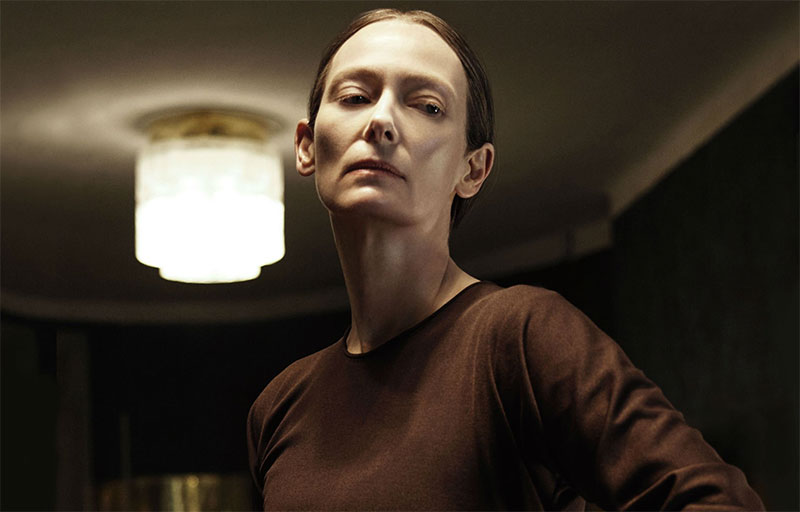
An unsettling and artfully transgressive tribute to the classic giallo, Luca Guadagnino’s Suspiria isn’t the colorful Argento homage many expected. Sure, it’s a metafictional elucidation of sorts, and there are flashes here and there of Argento’s transfixing original, but in the hands of I Am Love (2009) and Call Me By Your Name (2017) director Guadagnino, the fractured, lacerated and luridly suggestive imagery –– including the ecstatic and delirious use of dance –– gets into your capitulum in ways Argento never envisaged. This is an altogether different beast, but at the same time it extraordinarily compliments the original.
Dakota Johnson is mesmeric as the young and hexed American dancer Susie Bannon, transposed to 1970s punk-era Berlin to audition for the world-famous Helena Markos Dance Company.
Drubbed by Gothic downpours, the academy is quick to embrace Susie, who is quickly placed as the new lead dancer after lead choreographer Madame Blanc (Tilda Swinton) takes a shine to her. But for what sinister purpose? And why did the now missing student Patricia Hingle (Chloë Grace Moretz) cryptically divulge to her psychotherapist, Josef Klemperer (Swinton, again), her bent belief that the school is run by a coven of witches?
Bloodcurdling and cryptic, Suspiria moves with the assured grace of a 24-carat dance picture that gradually contorts into something ferociously gruesome and altogether unexpected.
A fever dream of matriarchal madness, the occult, doomed love, and dark secrets, Suspiria is a highly baroque, and poetic study of corruption, disturbance, motherhood, national guilt, savagery and so much more.
7. Midsommar (2019)
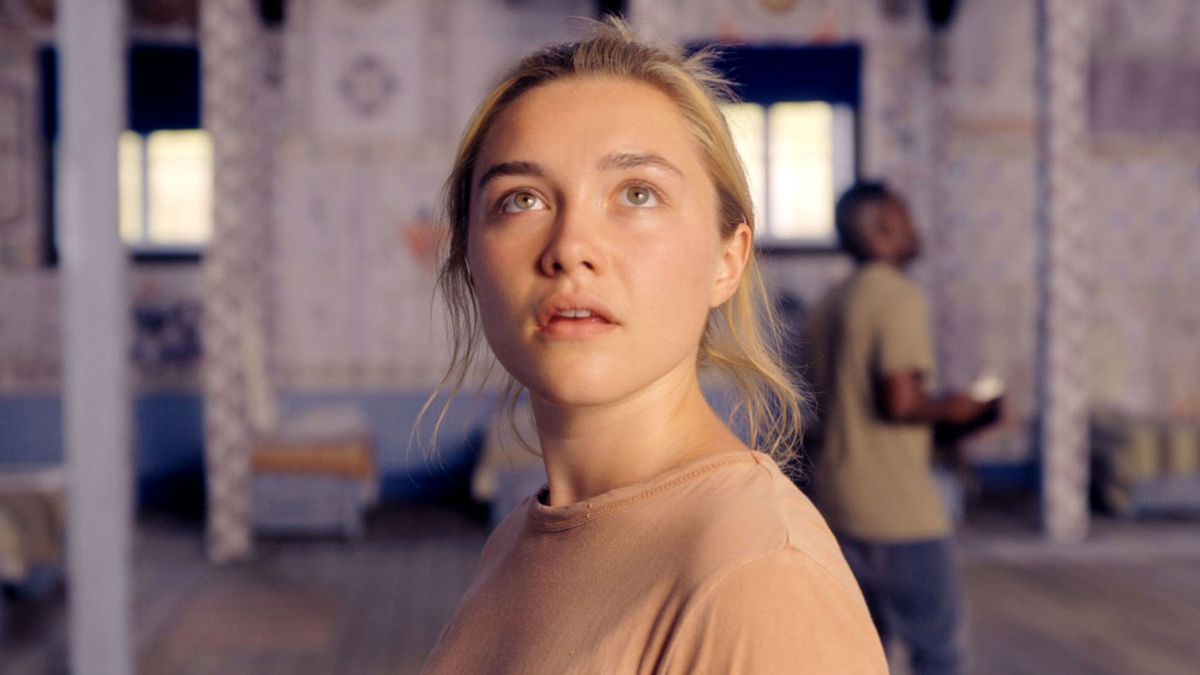
Writer-director Ari Aster’s previous film Hereditary (also on this list), there’s a palpable sense of overwhelming grief and the delicate threads of family reputably fraying at the center of Midsommar, a gorgeously depicted and frequently gruesome folk horror freakout. Fans of slow-burn mental anguish and arthouse aversion will find much to admire and dismay about in this lavishly detailed Swedish-set travelogue of terror.
Florence Pugh (Lady Macbeth) is mesmerizingly vivid and volatile as Dani, a young American woman navigating a devastating loss who, along with her boyfriend, Christian (Jack Reynor) and his friends, lose themselves on a “once-in-a-lifetime” getaway to a remote Swedish village where the midsummer festival there is a big deal. As Dani and her friends get swept up in the pagan traditions of their cult-like hosts, it’s not long before things get eerie and injurious.
While shades of Ken Russell’s The Devils (1971) and Robin Hardy’s The Wicker Man seem to be obvious influences, Aster’s eye for detail (Henrik Svensson’s intricate production design and Pawel Pogorzelski’s expert lensing are sensational), his deliberate pacing, and his operatic story structure, amounts to one hell of a hallucinatory headtrip. And the director’s cut, offering up nearly 30 minutes of new and extended material, is a must for genre junkies and Aster acolytes.
6. 28 Days Later (2002)
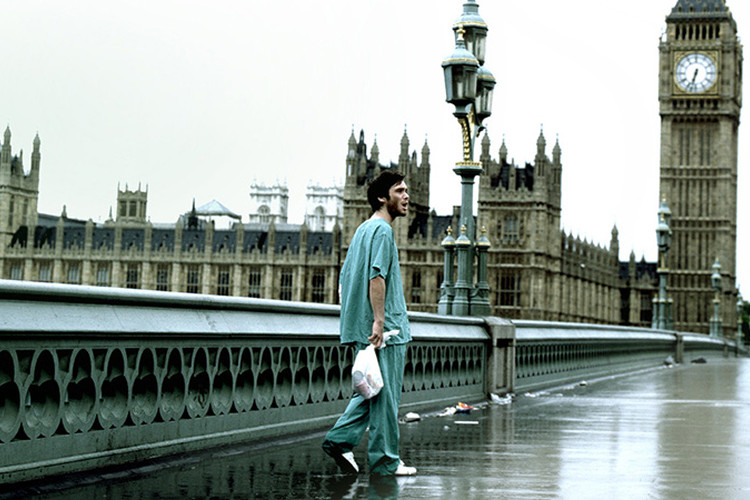
Danny Boyle’s post-apocalyptic horror film 28 Days Later (with mad props to star screenwriter Alex Garland) reworks and revives the zombie genre by giving it political figuration, humanist tragedy, and style to spare.
Quicker than you can say “The Day of the Triffids”, Jim (Cillian Murphy), a bicycle courier, awakens in a London hospital from a coma 28 days after a contagion has hit humanity hard. This virus induces terrible rage in those affected via blood and saliva, so while technically not a zombie bacillus –– nerds, we hear you, it’s not your atypical zombie apocalypse –– the film uses all those familiar tropes in artful and terrifying new ways.
So Sunny Jim soon pairs with other survivors –– including a breakout performance from the sensational Naomie Harris –– and the film focuses on their struggles and sorrows as they rise to the occasion in a frightening new reality. Provocative, playful, and told with tireless energy, 28 Days Later is a great character-driven panic attack that hard-edged horror fans rightfully revere.
5. Kill List (2011)
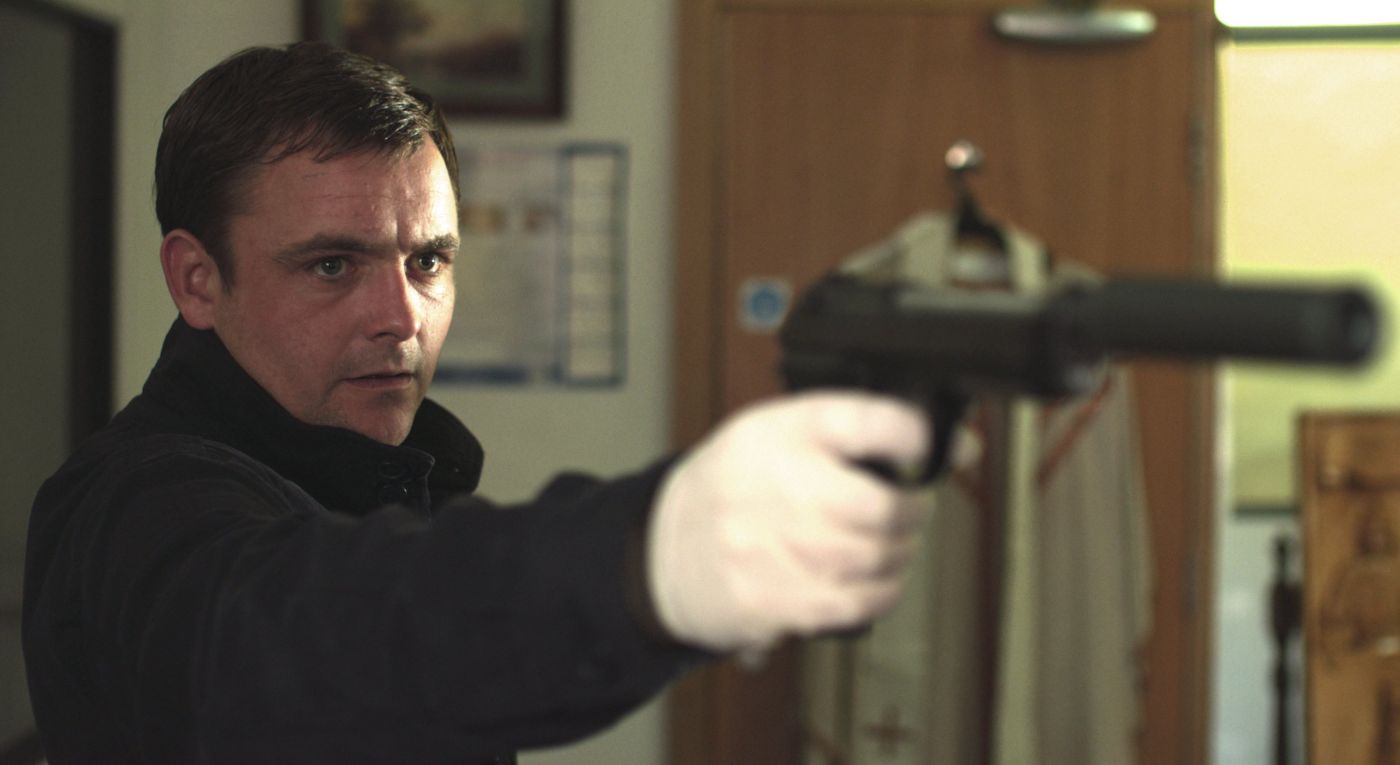
A relentless and tense thriller that subverts expectations, Ben Wheatlye’s Kill List benefits from a deliberate slow burn start, establishing a mood and a tone that eventually and rewardingly drums tension and builds anxiety to the ultimate mad rush.
The story involves Jay (Neil Maskell) and Gal (Michael Smiley), longtime pals and former soldiers who are now contract killers. Little do either know that a new assignment they’ve agreed upon is going to lead them to the darkest possible place imaginable.
As the plot takes many unpredictable turns, humor is present to diffuse the mounting mental pressure, and Wheatley works the audience like a master, making us anxious, and uneasy at every sharp turn and nasty, barbed twist. The last half hour is all edge-of-your-seat suspense and the closer is as unforgettable as it is ultimately inexorable.
“Andy Stark, my producer, said to me, ‘make a horror film’,” Wheatley explained to Taste of Cinema. “I thought, if I’m gonna make a horror film I’m gonna make something that’s truly as fucking horrible as possible. So when I wrote the script I made a list of my nightmares. My son, who was three or four at the time, was tied up in that, and I was terrified at that kind of aspect of fatherhood and so put that in. I had these recurring nightmares about cults since I was a little kid so I put that in as well.”
Few full-throttle thrillers this century have been as atmospheric, effective, and artfully crafted as Kill List. Miss this film at your peril, but don’t you dare see it alone.
4. The Descent (2005)
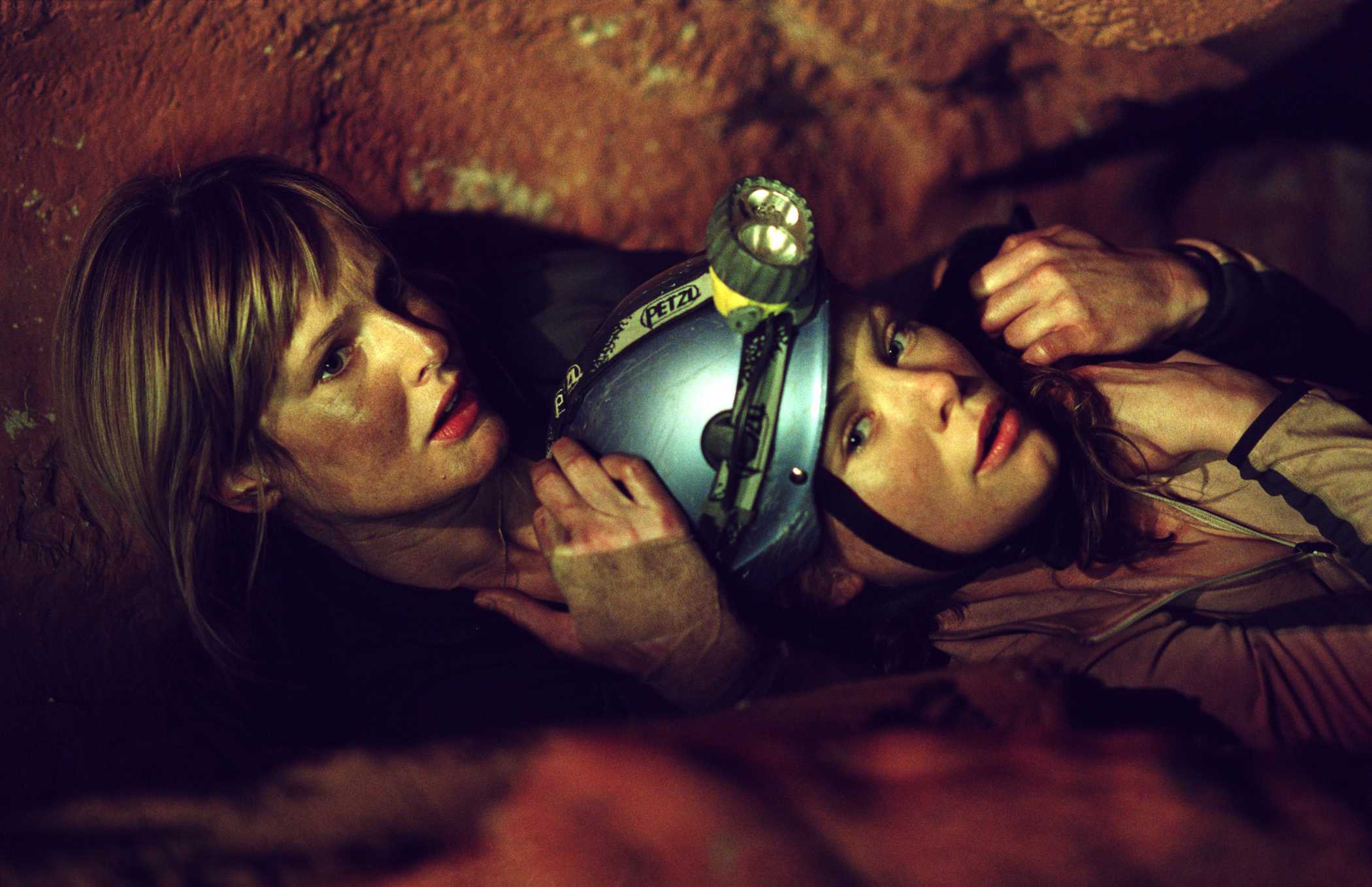
Some real serious shit goes down in The Descent. That wasn’t even just an excuse for a really bad pun. Uneasily dactylic and startling from the get-go, writer/director Neil Marshall weaves the lives of six friends together in an increasingly tight-knit underground cave system through the Appalachian Mountains. For Sarah (Shauna Macdonald) and Juno (Natalie Mendoza), their bittersweet past surfaces as the women discover, most grotesquely, that they are not alone in the crumbling, unmapped, dripping, awful, nasty-ass caves.
This is what happens when a thoroughly solid drama also happens to be a horror: stirring character development, palpable tension submerging into madness, unforgettably frightening creatures, and it’s just so awesome that it’s an all-woman cast. Even while bloodily contending with predatory subhuman mutants these dames get catty retribution on each other––so no, not even stabbing gruesome monsters in the face together will smooth things over regarding that time someone maybe slept with someone’s hubby.
This is the film that the New York Times film scribe Manohla Dargis described as “indisputably and pleasurably nerve-jangling”, and Bloody Disgusting said is “the purest kind of horror film – ruthless, unforgiving, showing no mercy.” It tops are list for all of its sly maneuvers and nightmarish visuals. The Descent is a macabre masterwork.
3. Pan’s Labyrinth (2006)
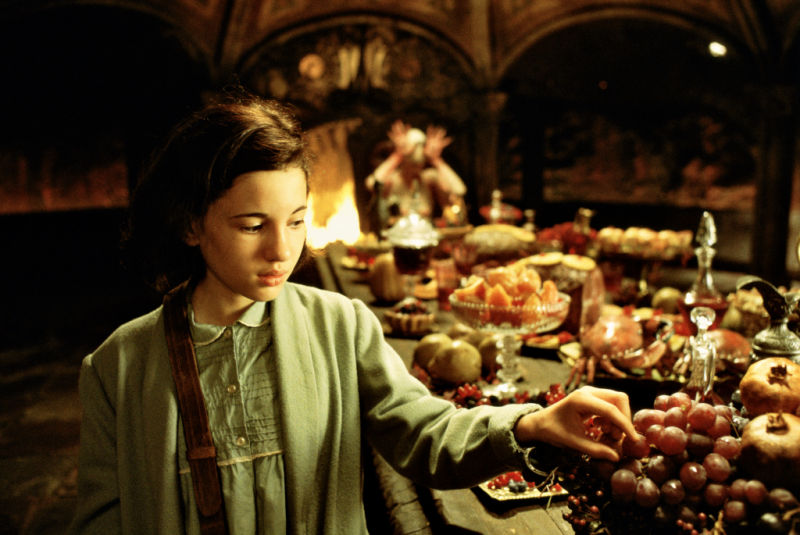
Mexico’s Guillermo del Toro is a veritable master of the macabre and his deeply personal dark fantasy coup de grâce from 2006, Pan’s Labyrinth is a sublime and stunningly beautiful masterpiece of horror fantasy. Set in Spain in 1944 where we meet young Ofelia (Ivana Baquero) and her mother Carmen (Ariadna Gil), who is pregnant and whose health is diminishing. The two women have just relocated to be with Carmen’s new husband, the sadistic army officer Captain Vidal (Sergi López).
Ofelia takes an instant dislike to the Captain and soon finds distraction in an ancient maze where she encounters the mysterious and otherworldly Faun, (Doug Jones). Faun tells Ofelia of her forgotten lineage as the lost Princess Moanna and how she must perform three potentially deadly tasks in order to reclaim her throne and the immortality that goes along with it.
Epic in scope, with a poetic Dickensian influence, tangible excitation, a fabulist, fairytale-like cognizance –– Alice in Wonderland is another obvious inspiration –– making for an elegant flight of the imagination. But make no mistake, this is no children’s movie. The violence of the real world around Ofelia is terrifying and extreme, but del Toro, while never sugarcoating anything or Disney-fying his creations still imbues the film with a sense of wonder, danger, artistic ambition, and compelling, tragic, astounding poignancy.
Not for the faint of heart no, but for the strong of imagination and for the deeply adventurous and bravely devout. Pan’s Labyrinth is a beautiful and terrifying place to get lost in and is one of the best horror films of the century.
2. Let the Right One In (2008)
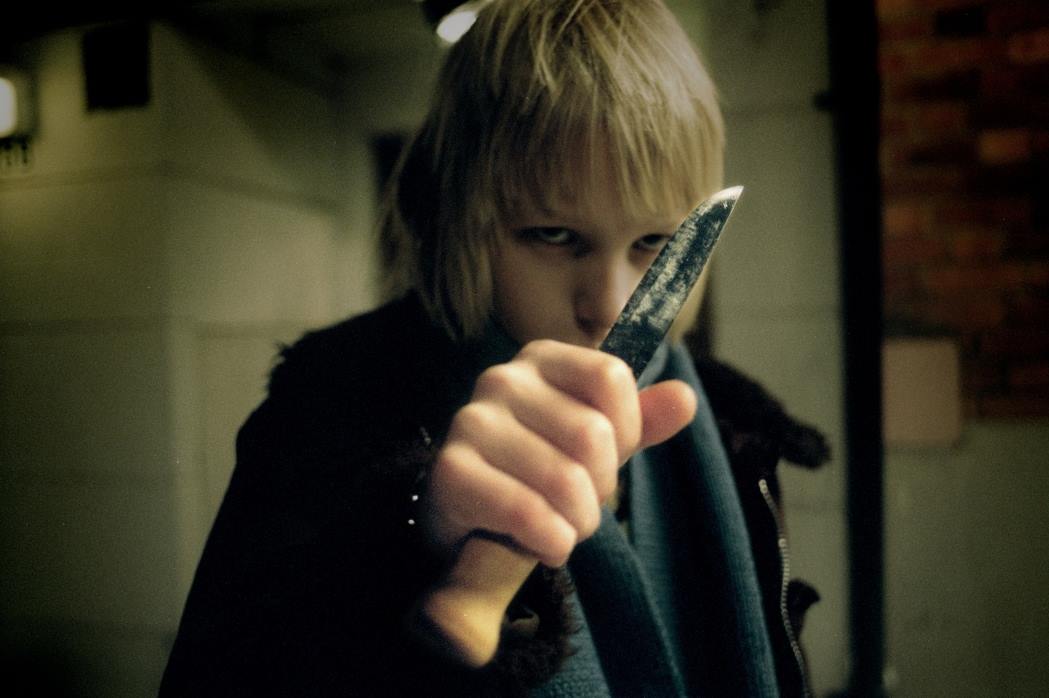
With a startling arthouse sensibility and refreshingly sophisticated emotional depth, Tomas Alfredson’s Swedish vampire film Let the Right One In has already become an enduring classic and a high water mark in the overflooded vampire milieu. Adapted by John Ajvide Lindqvist and based off his excellent 2004 novel of the same name, this film is a brilliant merger of romance, horror, coming-of-age comedy, and slow-stirring tragedy.
Oskar (Kåre Hedebrant) and Eli (Lina Leandersson) are both luminous as two lost and lonely kids — one a vampire, one a weirdo, both outcasts — who, for a time, need one another, and need to make sense of the world. Austerely elegant visuals, inventive and endearing re-imaginings of familiar vampire tropes, and pensive yet persuasive symbolism and spectacle, this is modern horror done to perfection. It’s lackadaisical pacing works like a charm in creating a world for the viewer to get utterly engrossed in, ensuring that Let the Right One In is felt in the gut as it strangely and profoundly stirs the heart.
1. It Follows (2014)
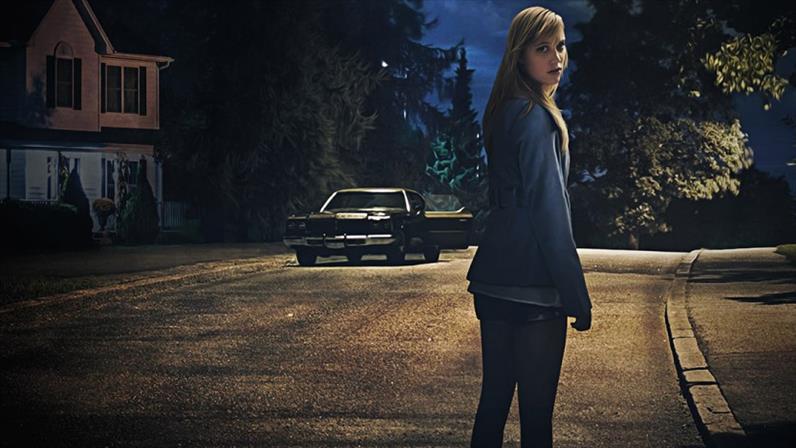
“Creepy, suspenseful and sustained,” writes The Hollywood Reporter’s David Rooney, “[It Follows] plays knowingly with genre tropes and yet never winks at the audience, giving it a refreshing face-value earnestness that makes it all the more gripping.”
This 2014 old school horror film from David Robert Mitchell is a keenly observed, expertly lensed, micro-budgeted miracle steeped in atmosphere –– with a genius John Carpenter/Goblin-inspired soundtrack from Disasterpeace –– that had genre fans shrieking in delight, when not cowering in fear, of course. Deliberately pastiching ‘70’s and ‘80’s slasher films where teens are routinely punished for being sexually active, It Follows slyly works in alternate allusions and textures to these tropes, with a feminist slant and De Palma-esque flourish to spare.
With a breakout performance by Maika Monroe as Jay our ill-starred heroine battling a sexually transmitted curse that shape-shifts into some of the creepiest ghouls going. This is the film that rescued indie horror from torture porn and proved that modern horror can be a compendium of what’s gone on before and still be transcendent, terrifying, and teeming with interpretations.
Sensitive to the nicety and nuance of teenage affections, astutely aware of what diehard horror fans want (subversions and reinventions abound!), It Follows announces the arrival of a new suspense master in Mitchell and presents us with his first small-scale chef d’oeuvre.
Honorable Mention:
American Psycho (2000, directed by Mary Harron), The Others (2001, directed by Alejandro Amenábar), Session 9 (2001, directed by Brad Anderson), A Tale of Two Sisters (2003, directed by Kim Jee-woon), High Tension (2003, directed by Alexandre Aja), Saw (2004, directed by James Wan), The Host (2006, directed by Bong Joon-ho), Martyrs (2008, directed by Pascal Laugier), Amer (2009, directed by Hélène Cattet and Bruno Forzani), The House of the Devil (2009, directed by Ti West), You’re Next (2011, directed by Adam Wingard), The Conjuring (2013, directed by James Wan), A Girl Walks Home Alone at Night (2014, directed by Ana Lily Amirpour), The Babadook (2014, directed by Jennifer Kent), The Invitation (2015, directed by Karyn Kusama), Train to Busan (2016, directed by Yeon Sang-ho), Get Out (2017, directed by Jordan Peele), Tigers Are Not Afraid (2007, directed by Issa Lopez), A Quiet Place (2018, directed by John Krasinski), The Lighthouse (2019, directed by Robert Eggers).
Author Bio: Shane Scott-Travis is a film critic, screenwriter, comic book author/illustrator and cineaste. Currently residing in Vancouver, Canada, Shane can often be found at the cinema, the dog park, or off in a corner someplace, paraphrasing Groucho Marx. Follow Shane on Twitter @ShaneScottravis.